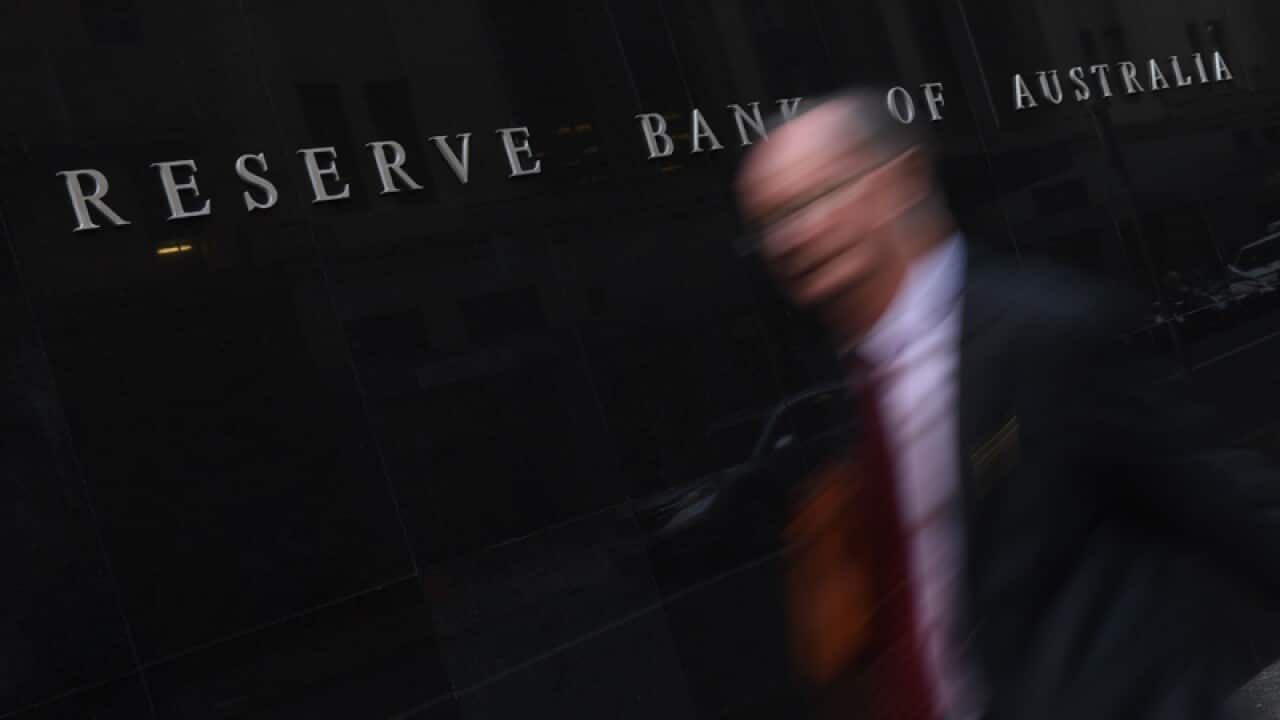The Reserve Bank's finely balanced decision to cut rates this month makes the next cut more likely to be in August.
The RBA cut the cash rate to a fresh record low of 1.75 per cent on May 3, following the release of official data showing weaker-than-expected March quarter inflation.
But the board meeting minutes confirmed it was not a straightforward decision.
"Members discussed the merits of adjusting policy at this meeting or awaiting further information before acting," say the minutes, which were released on Tuesday.
The central bank admits the 0.2 per cent fall in consumer prices in the March quarter had caught it by surprise.
And while the minutes give no clear indication of the RBA's next action, most economists expect it to ease again at the August 2 board meeting that follows the release of the June quarter inflation print on July 27.
However, RBC Capital Markets chief economist Su-Lin Ong said a June cut couldn't be ruled out given the central bank's lowered inflation forecasts.
"This argues for such a move to occur sooner rather than later amid greater excess capacity than previously thought," she said in a note.
HSBC chief economist Paul Bloxham said, in tactically lowering its consumer price outlook, the RBA boosted chances of inflation being a touch stronger than expected, reduced chances of another surprisingly weak result and put downward pressure on the Australian dollar.
"We see the forecasts themselves as a device that the RBA is using to loosen financial conditions," Mr Bloxham said in a statement.
Meanwhile, the RBA remains upbeat about the domestic economy, expecting the unemployment rate to remain about 5.7 per cent for a time before declining as GDP growth picked up.
"The developments over recent months had not led to a material change in the outlook for economic activity or the unemployment rate," the minutes say.
But the board notes that, while global market volatility experienced earlier this year have eased, growth in Australia's major trading partners, particularly China, is likely to be weaker for the next two years.

